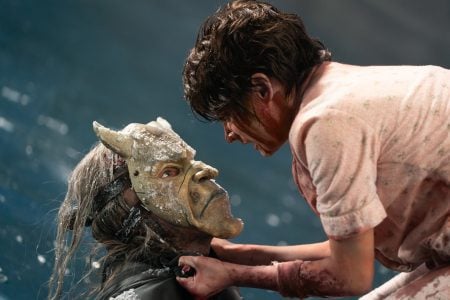Image via Freepik
Not yet known to the world, not yet splashing transfer fees across headlines, and not yet sporting their jerseys, each superstar started as just another promising kid. Behind the magic of transforming that raw potential into professional brilliance is one of sport’s least celebrated drivers: scouting networks.
In an age where the spotlight is brighter than ever before, discovering the next big thing is not as simple as sitting through a few games and taking notes. It’s a worldwide operation — part art, part science — fueled by data, hunches, and unrelenting attention to detail. These networks tend to be the first to see brilliance in plain sight.
Building the Talent Pipeline: Where Scouting Begins
Scouting once equated to hanging around the sidelines with a clipboard. Now it means following thousands of players across age levels, leagues, and nations — all at the same time. Clubs now send out whole teams of scouts, regional consultants, and video analysts to be one step in front.
The process usually starts at youth academies, high school tournaments, and lower-level competitions. Scouts learn not only to identify skills, but also temperament, flexibility, and decision-making.
They’re not just monitoring what a player is doing with the ball — but how they’re acting when they are not in possession. Just as a good choice in an online casino might be a function of reading trends and risk management, scouts will generally make choices based on a combination of quantifiable performance and intuition, particularly where players are too young to have complete statistics. The risk, in both instances, is calculated — but never without danger.
Today’s talent identification system is also very digital. Video scouting websites, GPS tracking, and AI-based performance software enable scouts to assess players they’ve never seen in the flesh. It’s quicker, more accurate, and more international than ever.
What Scouts Seek in Prospects to Come
Not all good games are a blueprint for long-term success. Good scouts have learned to read between the lines, paying attention to more than goals, assists, or highlight moments. They are trained to evaluate character, growth potential, and on-ice smarts.
Here are four of the most typical characteristics top scouts look for:
| Attribute | Why It Matters | Real-World Example |
| Game IQ | The ability to read space and anticipate play | Midfielders who control the tempo, like Luka Modrić |
| Athletic Potential | Speed, strength, endurance, and coordination | Raw physical gifts that can be refined |
| Mental Resilience | How a player handles pressure and failure | Essential for adapting to top-tier demands |
| Coachability | Willingness to learn and grow with guidance | Often determines long-term success |
Each of these traits may not excel in a single game — but over the course of an entire career, they distinguish between great and good. And with technical quality, they tend to look towards the highest possible potential for players.
Global Reach, Local Roots
The greatest scouting networks are found on either end: expansive worldwide coverage and close local familiarity. Video and data analysis provide scale, but local scouts provide familiarity numbers cannot. They know the neighborhoods, the families, the pressure around young players.
A few of the world’s largest clubs have hired dozens of local agents or scouts who spread out throughout Africa, South America, and Southeast Asia. These are the regions where untapped talent is likely to overwhelm infrastructure — and where the next global sensation is waiting to be found.
Other sports platforms and gambling website operators subsequently followed this philosophy of scouting. For instance, the bookmaker Melbet Sri Lanka takes local sporting interest and merges it with international odds and trends in order to provide users with an experience that is at once global-aware yet locally informed — much like how scouting networks work. Both depend on knowing, timing, and knowing context.
This combination of local and international isn’t just potent — it’s necessary. No machine can ever replace the intuition of a seasoned scout who knows when a player comes onto the field with something to prove.
From Shadows to Spotlights
When the world awakens to a sensational star, the good is already done. Their path—from underground to unstoppable—was mapped by scouts, analysts, and development teams who saw it coming before the masses.
Scouting is a waiting game. It seldom hits. It’s waiting to get in early, grinding gradually, and seeing the spark of genius before it turns into a firestorm.
And in today’s cutthroat sports world, that moment is everything.
From every superstar highlight reel, there exists a scout who possesses a vision. They do it out of the spotlight. They don’t get headlines for their names. But their influence? It determines the future of the game, one find at a time.

Robert Griffith is a content and essay writer. He is collaborating with local magazines and newspapers. Robert is interested in topics such as marketing and history.






![‘Frankenstein’ Review – Guillermo del Toro’s Definitive Look At The Nature And Nurture Of Monstrosity [TIFF 2025] ‘Frankenstein’ Review – Guillermo del Toro’s Definitive Look At The Nature And Nurture Of Monstrosity [TIFF 2025]](https://cdn.geekvibesnation.com/wp-media-folder-geek-vibes-nation/wp-content/uploads/2025/10/Frankenstein-175_PF_20240430_20377_R-300x200.jpg)